If the kids aren’t happy, nobody’s happy. While this might not be the actual saying, if you’re on a sailing vacation, it might as well be. Let’s just say that if the children are having a good time, it’s much easier for the adults to have fun too. Whether your trip includes romps on the beach, blustery beats to windward or snorkeling on coral reefs —or perhaps all of these — kids aboard will have a better time if their gear functions as well as yours in keeping them dry, comfortable and sunburn free.
Stormy Weather
Unless it’s a 90-degree day with bright sunshine, a splashy sail or dinghy ride, or a passing shower, can leave sailors wet and chilly — not what anyone wants to be on vacation. Keep the kids warm and dry with waterproof gear. A simple rain suit, such as the Watertight jacket and Cypress Brook II pants from Columbia Sportswear, will likely fill the bill. If you’re planning longer passages, or anticipate that the weather might not cooperate, consider a foul-weather-gear set.
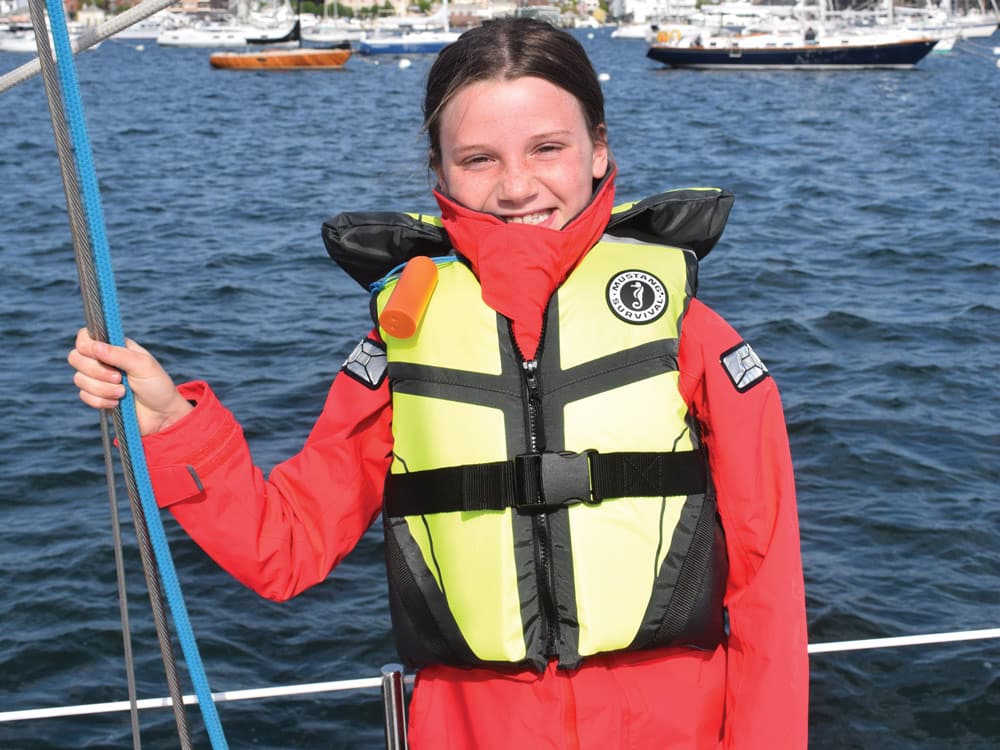
The Gill OS3 Coastal jacket and trousers are now available in junior sizes small (8/9) through large (12/13). The jacket includes all the features of the adult OS3 line, just in a pint-size package: a lined high-vis hood, adjustable cuffs with inner seals, two-layer fabric with fully tabled seams, and cozy hand-warmer pockets. The trousers will keep kids dry whether they’re sitting on the rail or in the dinghy. They are fully lined with taped seams and feature an adjustable fit.
Helly Hansen also has an extensive line of wet-weather gear for kids. The Junior Salt Port pants and jacket are great options for on the boat or off. It’s a more lightweight choice for coastal daysails or a hike ashore. The jacket is waterproof, windproof and breathable, has a quick-dry lining and features a detachable stowaway hood. The pants have reinforcement at the seat and knees, and the cuffs at the bottom can even be extended to add length — perfect for growing kids.
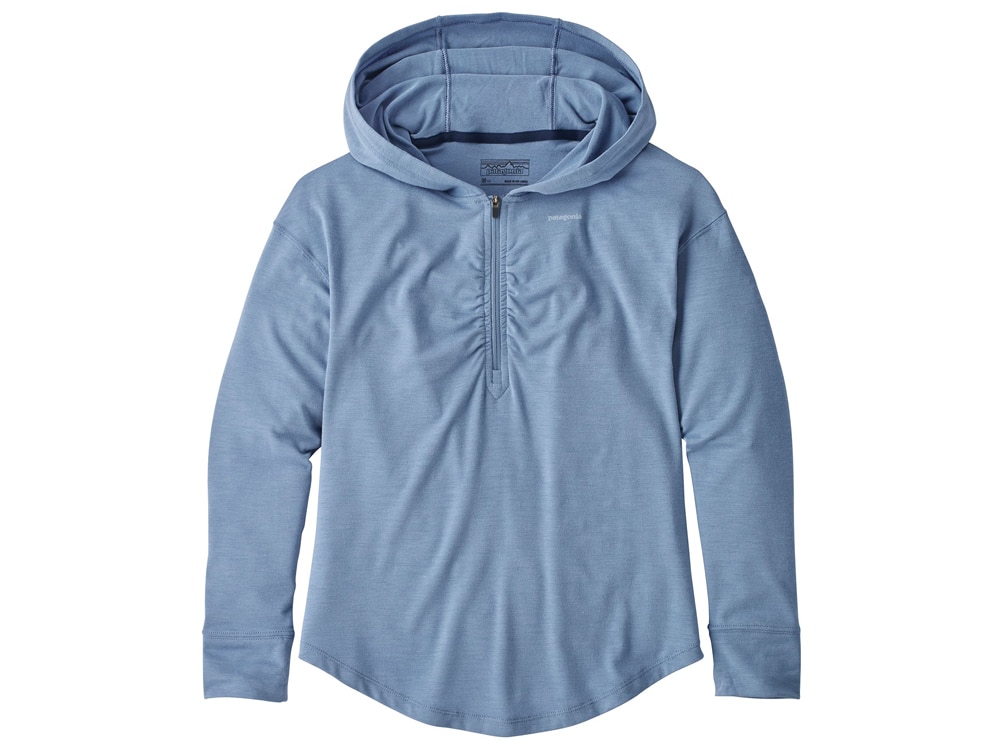
Let the sun shine
Staying safe in the sun takes some extra effort in the tropics. Protect the kids from the harsh rays with long-sleeve rash guards and sun shirts with a UPF rating of 50+. Patagonia Girls’ Doe Mesa hoodie is perfect for days spent sailing, hiking or playing on the beach. It provides 50+ UPF protection and is stretchy, breathable and moisture wicking.
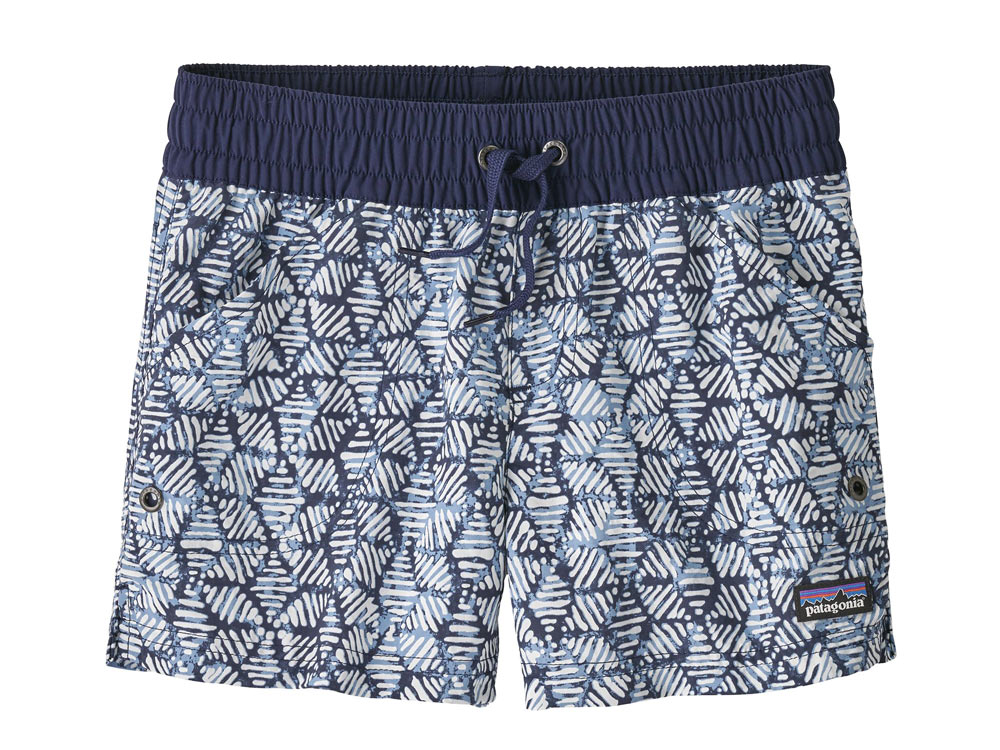
The Patagonia Costa Rica Baggies shorts are made of a recycled nylon material that is wind- and water-resistant and dry quickly.
Need shade? The Play hat from Sunday Afternoons will keep the sun off the younger crewmembers’ faces and necks. The sizing band in the back and the chin strap will keep it on in the breeze, and the floatable brim will make it easy to retrieve just in case it does take off. The Play hat is available in a wide variety of colors and offers UPF 50+ protection.
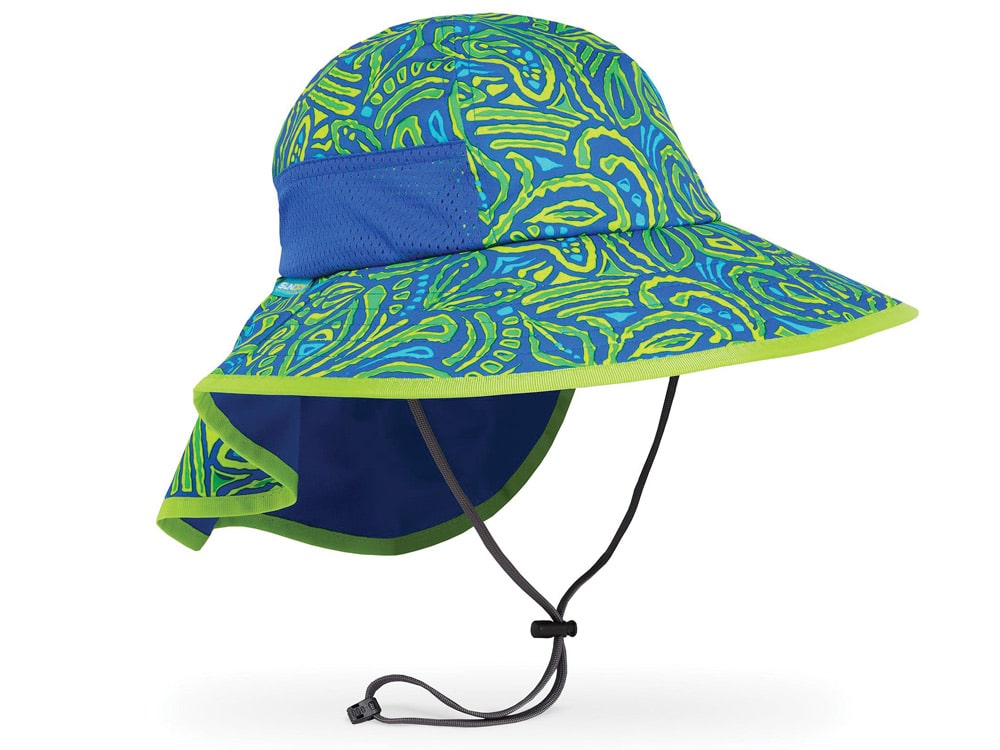
Safer Sunscreen
We all know that we need to safeguard ourselves and our kids from UV radiation, but did you know that the very stuff you use to protect your skin might be toxic to the coral reefs that you’re snorkeling on? On May 1, Hawaii became the first state to pass a bill banning sunscreens that contain oxybenzone or octinoxate. Recent studies have shown these chemicals, which are commonly found in many sunscreens, are a contributing factor in coral bleaching.
When choosing a sunscreen to bring with you on your charter vacation, pick something that’s safer for the reef. A mineral-based formula with zinc oxide or titanium dioxide as the main ingredients is a good place to start. The Environmental Working Group puts out a list every year ranking the safety and effectiveness of sunscreens (for kids and adults), which makes it easy to research ingredients.
Life jacket choices
If there’s one question I’ve received more than any other in my years as a CW editor/liveaboard parent, it is what life jacket is “the best.” My honest answer to that is it’s one your kid will wear. Since life jackets are part of our everyday life, and as such take plenty of abuse from the kids, they need to hold up. Our favorites have been the Stohlquist vests for children up to 30 pounds, then the Mustang Lil’ Legends 100 for kids 30-50 pounds.
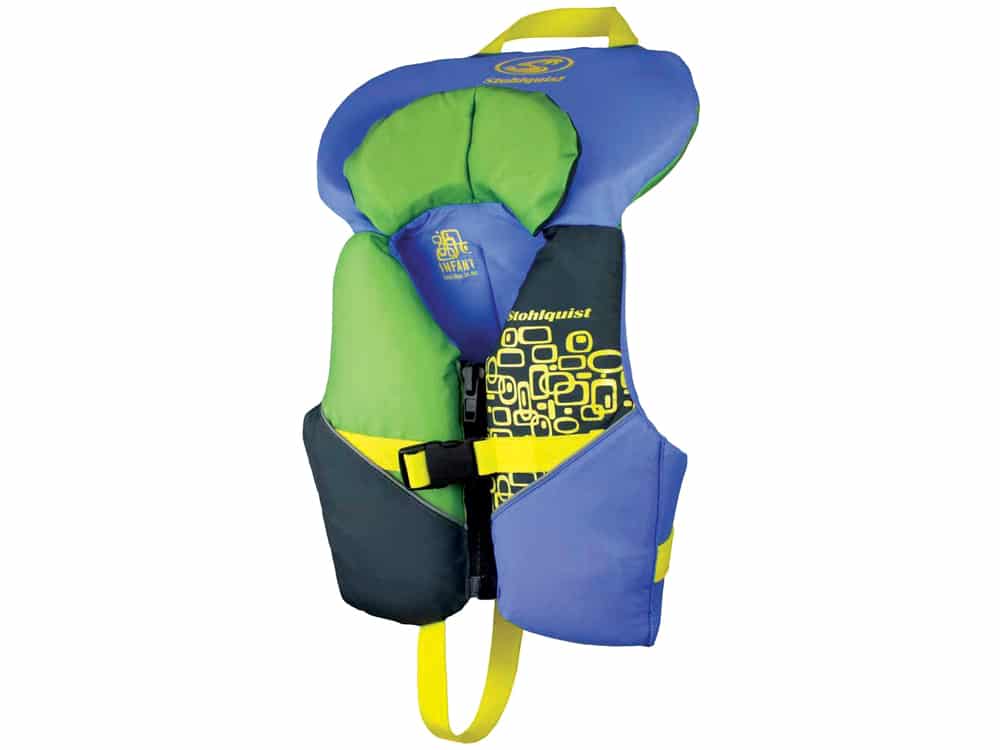
Children’s PFDs are broken down into three sizes (Infant, up to 30 pounds; Child, 30-50 pounds; and Youth, 50-90 pounds) and three different types by the U.S. Coast Guard. Type I PFDs are for offshore use. They are fairly bulky and not something that you’d likely wear every day (think what you’d see on a cruise ship or ferry boat).
Type II is for nearshore use, and is the classification where you’ll find the majority of kids’ PFDs (particularly the infant and child sizes). This type typically has a pillow behind the head and will turn most kids face-up in the water.
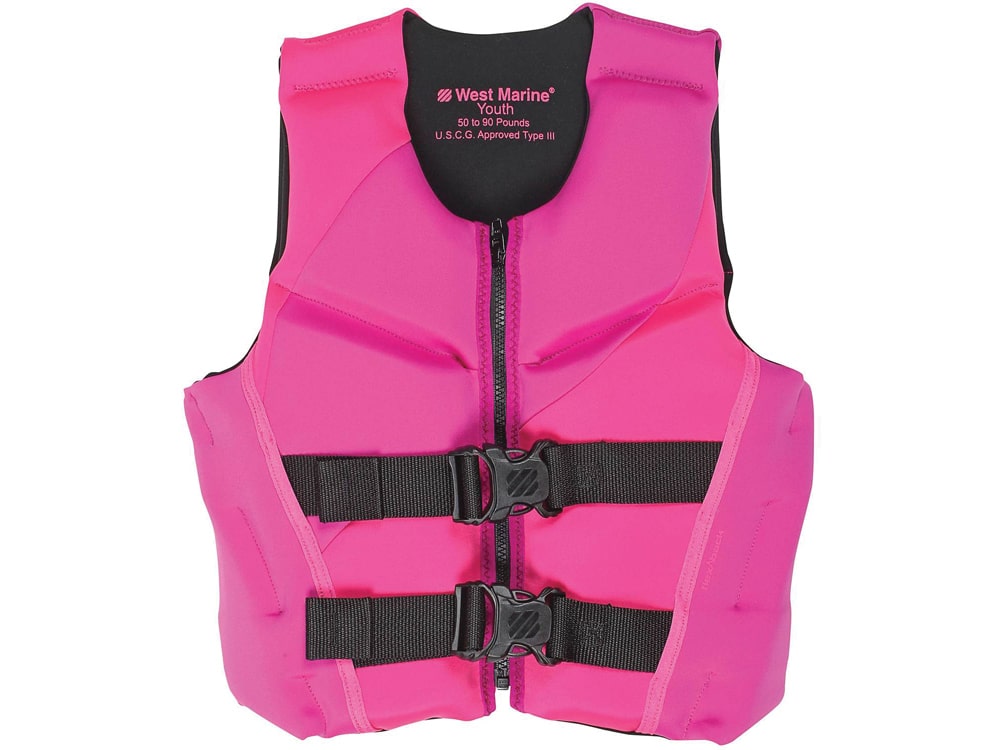
Type III is usually considered the most comfortable. It’s the type that most people wear for an active day on the water. This type will keep the wearer afloat, but not necessarily turn them face-up. Once my kids grew out of the Child size PFDs and moved into the Youth size, and were good swimmers, I was comfortable letting them use a Type III as their everyday PFD.
When choosing a PFD for your child, if possible take them to the store with you and try on several brands. Try picking them up by the life jacket’s shoulders. It shouldn’t slip past their chin and ears. If the PFD includes a leg strap, make sure your child uses it. Do not be tempted to buy a size up to try to get more use out of it — a snug PFD works better than a loose one.
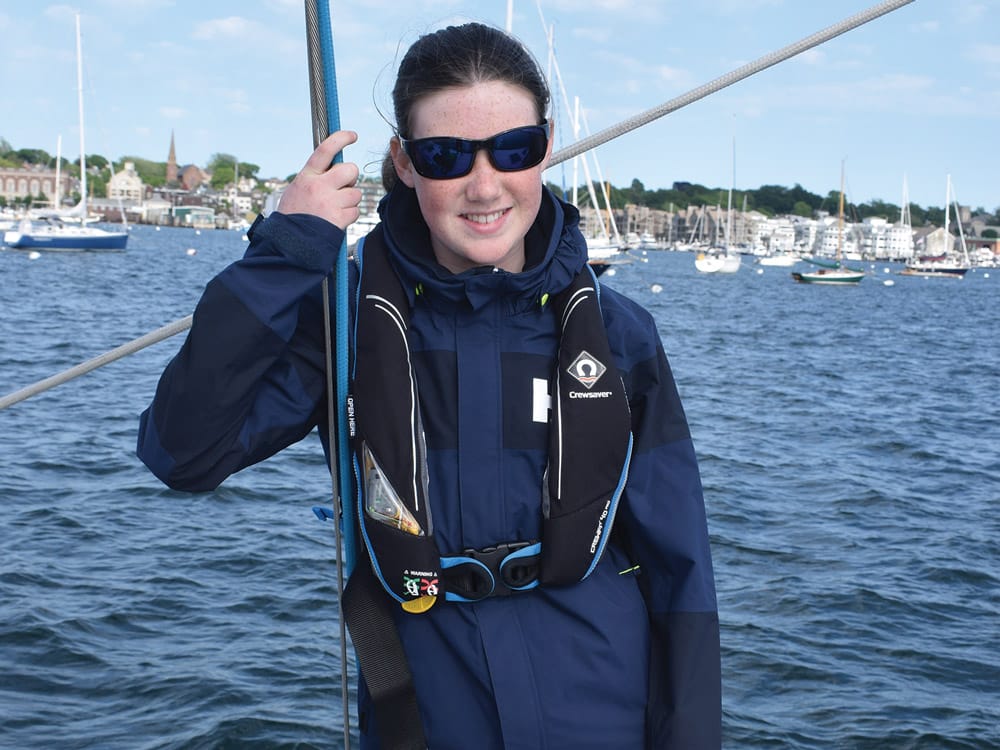
Protect their Peepers
With bright sun not only shining down, but reflecting off the water and all the boat’s white surfaces, sunglasses are a necessity. Make sure that the ones you choose for your kids offer full UV coverage and, ideally, are polarized. We’ve had good luck with the Gill Junior Squad sunglasses. They offer glare-free optics, 100 percent UV protection and even float.
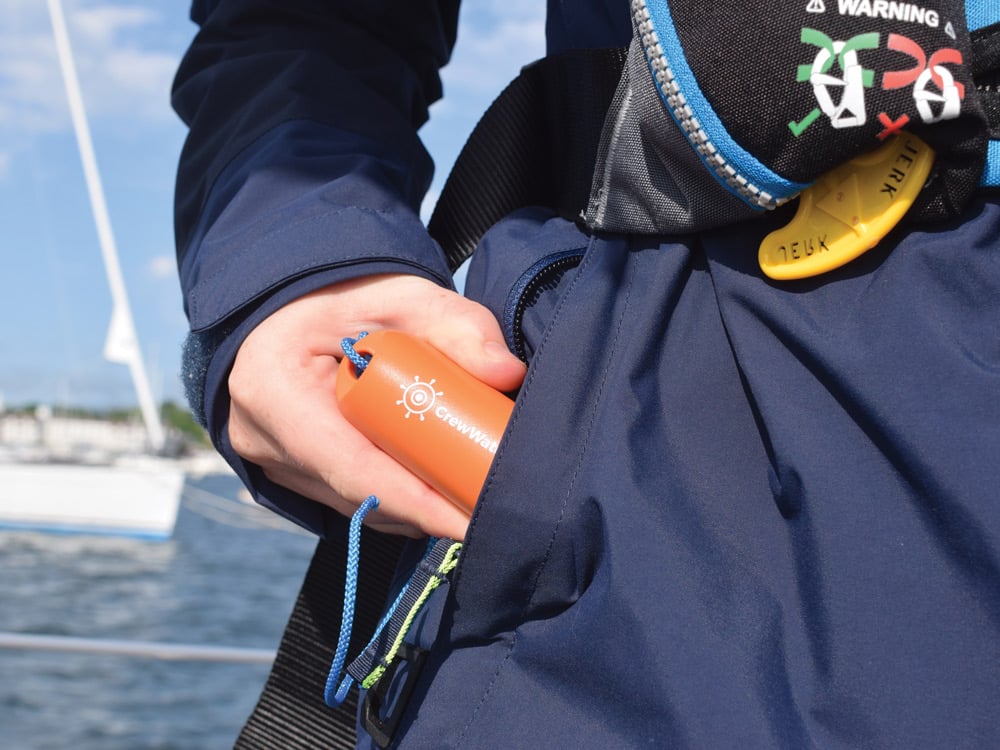
Crew Overboard
Recently, several compact, app-based crew-overboard devices have come on the market. They are simple to use and easy to bring along on a charter vacation. Both the CrewWatcher and the Sea Tags systems consist of a wearable device that either goes around your wrist, or is tucked or tethered to your clothing, and an app that you can download on phones or tablets. If someone wearing the device falls overboard, an alarm automatically sounds on the phone or tablet along with location of the person in the water.
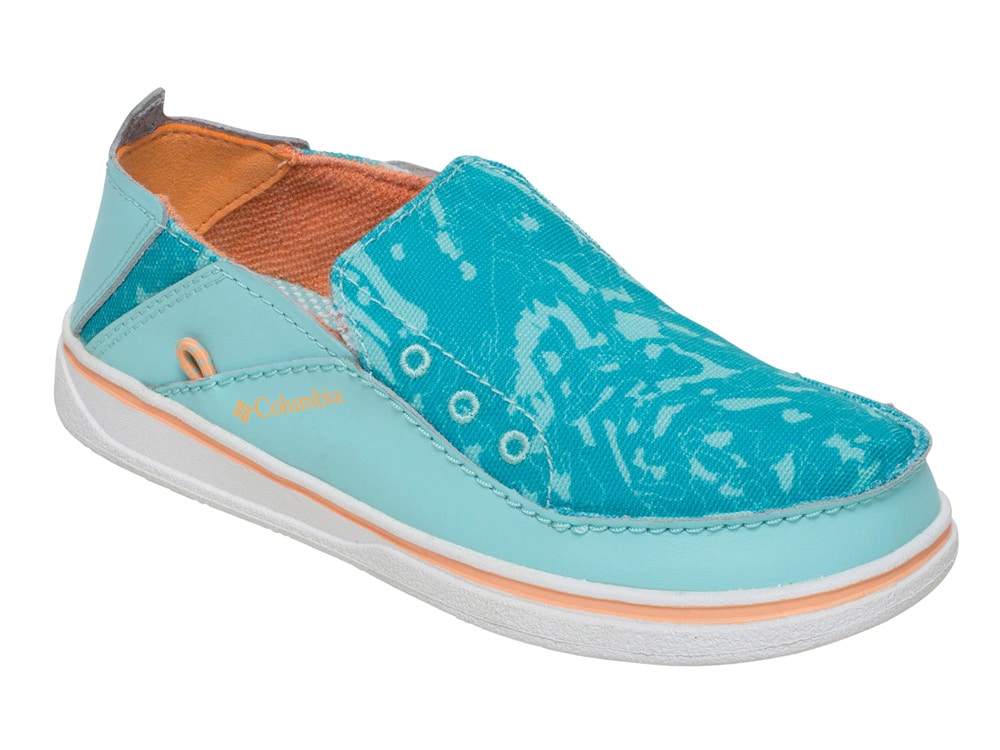
Just for kicks
When it comes to shoes and kids, simpler is better. Kicks that can easily slide on and off yet still protect little toes are perfect for life on and off the boat. The Youth Bahama slip-on shoes from Columbia Sportswear fill that bill and look sharp too. They are constructed out of durable leather and lightweight canvas and come in a variety of fun prints.
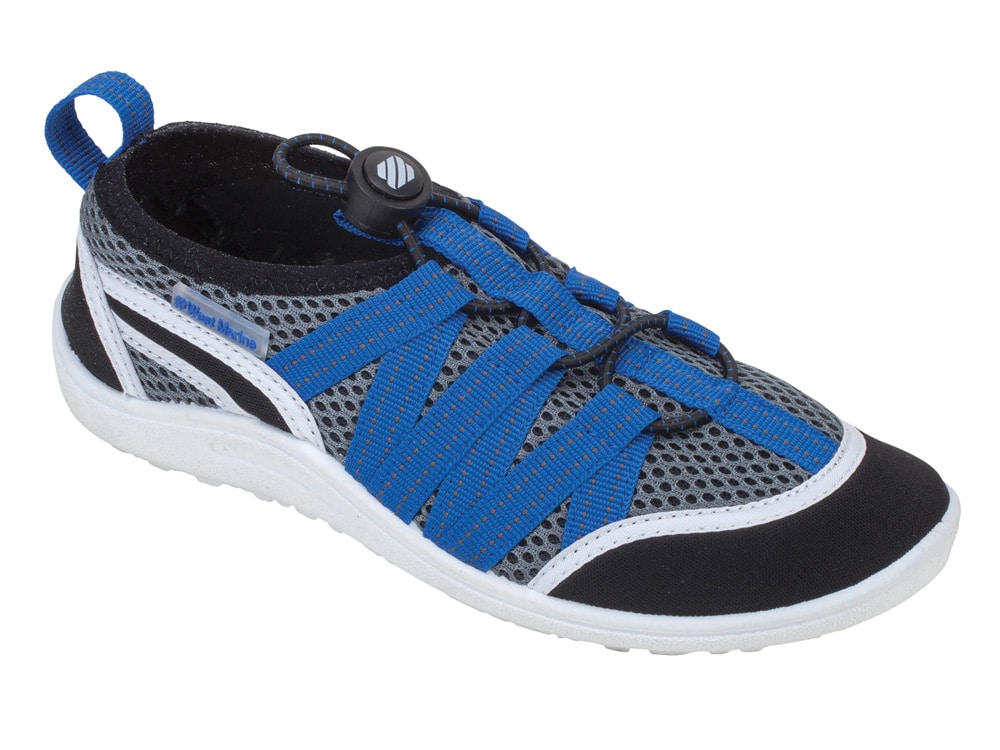
The Youth Aqua Socks from West Marine can go between land and water with ease and provide good grip and protection in either. The neoprene and mesh construction is breathable and quick-drying.
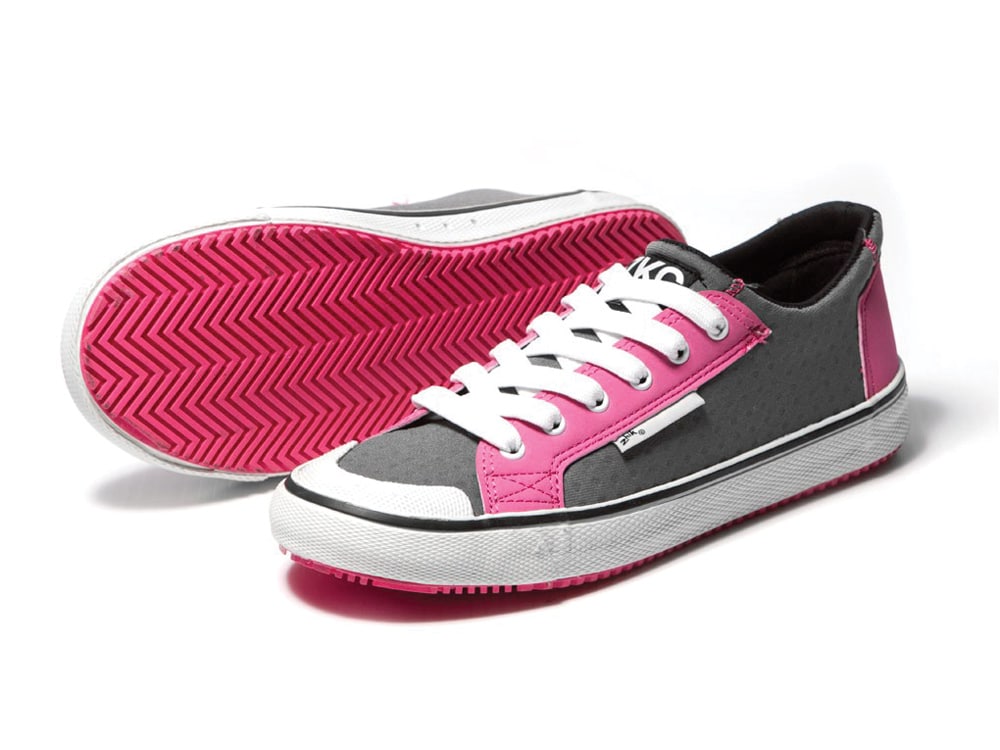
For the older set, check out the ZKG shoes from Zhik. They are performance sailing shoes that look nothing like traditional boat shoes (the company calls them “amphibious street wear”). The rubber sole offers extreme grip on wet surfaces, and the perforated neoprene upper drains quickly. Parents will be happy that the shoe’s liner has an antimicrobial treatment to keep the stink at bay.
Jennifer Brett is CW’s senior editor








